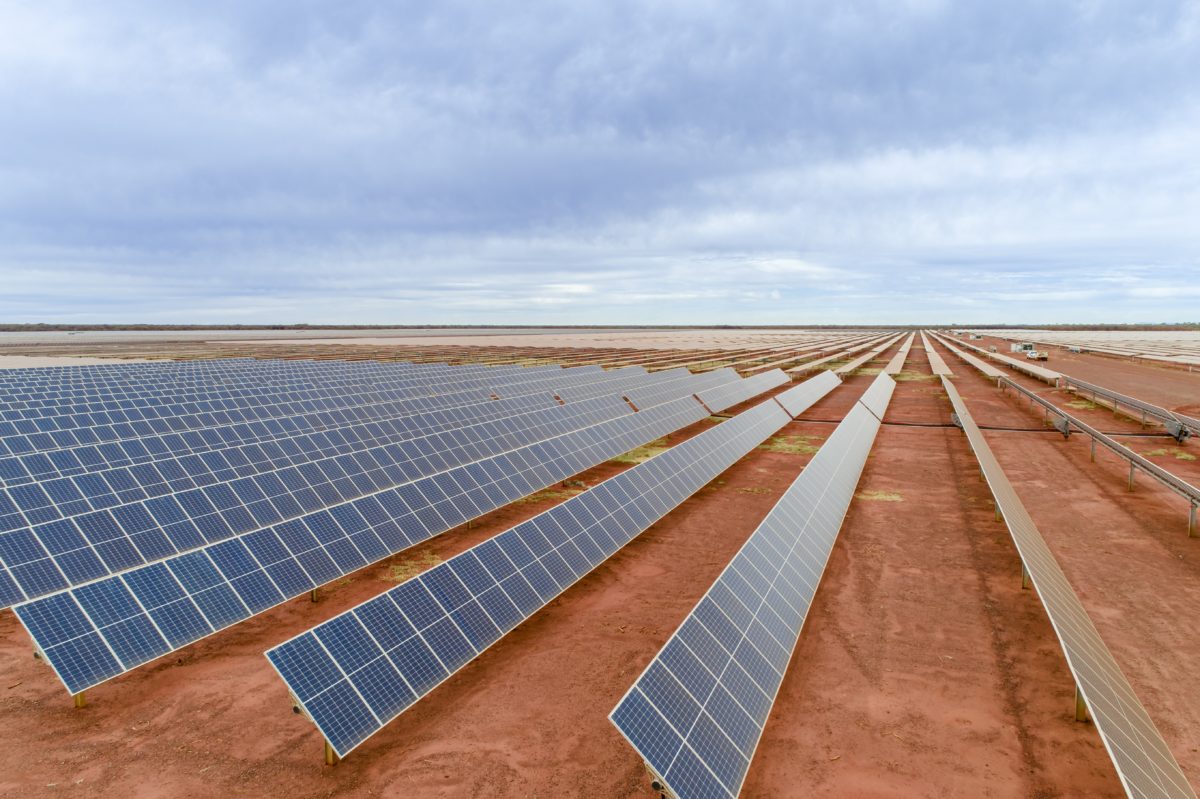https://www.pv-magazine-australia.com/2022/03/29/discovery-of-structural-earthquake-in-cathode-formation-may-improve-sodium-ion-batteries-20-40/

Postdoctoral researcher Martha Gross works in an argon glove box with a test battery cell illustrating a lab-scale sodium iodide battery.
Sandia National Laboratory/Randy Montoya
From pv magazine USA
Battery-powered vehicles and battery energy storage systems at every scale are largely using lithium-ion chemistry, but high costs and concerns with thermal events have driven US labs to investigate other low-cost, safe alternatives. One such alternative is the sodium-ion battery.
When cycled at a high voltage around 4.5V, sodium-ion batteries can significantly increase their energy density. However, rapid degradation in charge-discharge cycles have barred sodium-ion batteries from reaching commercialisation.
Researchers at Argonne National Laboratory discovered an effect in the creation of the cathode material that may lead to improvements in battery resiliency. It was found that during the rapid cooling process in the creation of the cathode, a “structural earthquake” occurs, which disrupts the atomic makeup of the material. During rapid cooling in cathode synthesis, the particle surface became rough, and large areas showed strain on the material. The effect was also found when cycling the cathode at high temperatures above 130 degrees Fahrenheit or when performing fast-charging of one hour versus a ten-hour charge cycle.

With the knowledge of this structure-damaging event, cathode makers can now adjust synthesis conditions to create a purer cathode that is better able to pair the anode material. Earlier research by the team also led to an improved anode, and the team expects pairing the two will have dramatic effects.
“Now, we should be able to match our improved cathode with the anode to attain a 20% – 40% increase in performance,” said Guiliang Xu, assistant chemist in Argonne’s chemical sciences and engineering division. “Also important, such batteries will maintain that performance with long-term cycling at high voltage.”
The results were published in Nature Communications. The Argonne team said the findings could result in a longer range and more affordable electric vehicles, and low-cost energy storage for the grid.
“Seeing is believing,” said Yuzi Liu, a CNM nanoscientist. “With Argonne’s world-class scientific facilities, we do not have to guess what is happening during the synthesis.”
This content is protected by copyright and may not be reused. If you want to cooperate with us and would like to reuse some of our content, please contact: editors@pv-magazine.com.
<




